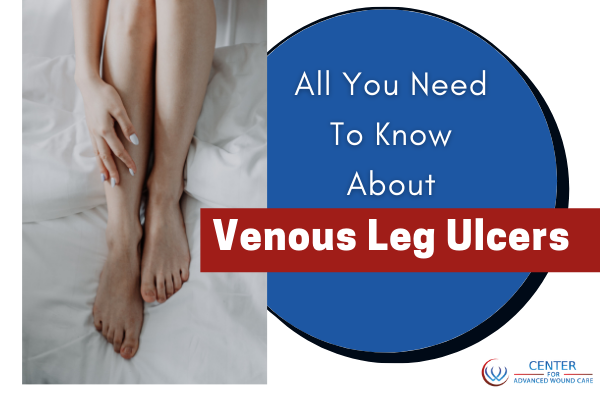
All You Need To Know About Venous Leg Ulcers
All You Need To Know About Venous Leg Ulcers
A venous skin ulcer comes into being in the form of a sore on your leg. It’s got a low propensity to heal on account of deficient blood circulation in the limb. Venous leg ulcers may last anywhere between a few weeks and several years. A top surgeon for venous leg ulcers treatment in Camarillo states that occasionally they may result in more severe problems if left untreated. Nonetheless, there are measures you can adopt to prevent their occurrence.
What causes venous leg ulcers?
- Venous ulcers originate because of potential breaks in the skin surrounding your ankle.
- Ideally, leg veins should return blood to the heart.
- However, because of the presence of ulcers that particular job is hampered.
- Every so often, it’s because of the valves that hinder blood circulation in the veins not operating normally.
- The resulting backflow of blood implies heightened pressure at the limb end.
- And, when that takes place, it can impair the skin and make it more difficult for a cut or scrape to invite fast healing.
- More frequently, they occur in bony areas such as the ankle.
Also Read: Arterial Vs. Venous Ulcers – Understand The Difference
Who is more at risk to develop venous leg ulcers?
- A top venous leg ulcers surgeon in Ventura states that you may be predisposed to having a chance to develop venous leg ulcer if you:
- Experience prior leg injuries
- Already have varicose veins
- Have a smoking habit
- Suffer from obesity
- Encountered other blood circulation problems, for example, phlebitis, blood clots, or a painful tenderness in the veins
Symptoms
- More often than not, venous leg ulcers give out a burning sensation or feeling of itchiness with swelling in the leg area around them.
- Other warning signs or symptoms may include:
- Appearance of rashes
- Dry skin
- A brownish discoloration of the skin
- Foul-smelling fluid or pus oozing from the sore
- In case, the ulcer gets infected the skin surrounding it becomes red or swollen accompanied by fever, pain, and pus formation.
Treatment
- A compression stocking or bandage is the most common treatment to cure venous leg ulcers.
- In this best venous leg ulcers treatment in Oxnard, the application of pressure speeds up blood circulation in your leg.
- As a consequence, the body’s ability to recuperate the sore is boosted.
- You may be asked to keep your leg in a raised position for predefined lengths of time which, in turn, helps increase blood circulation.
- By and large, doctors give a recommendation of a leg-raise 3 to 4 times a day for an approximate half-hour each.
- On the off chance, your ulcer has contracted bacterial infection antibiotics will be administered to cure the infection.
- Even, a moist dressing may be put on the ulcer to facilitate quicker healing.
- Sometimes, your doctor may put the advice of surgery to prop up blood circulation in your legs.
- This can aid and abet faster recovery of the sore and prevent identical problems later.
- Note that the majority of venous leg ulcers get healed once 3 to 4 months of treatment is continued.
- But, a few can take a longer period, while in very rare cases, the sore hardly clears up.
Prevention
- As per the best venous leg ulcers specialist in Oxnard, there are various ways by which you can bring about the prevention of venous skin ulcers, in particular by means of medication, diet, or lifestyle changes.
- You can minimize the odds of developing the ulcers by:
- Kicking the habit of smoking
- Losing weight
- Taking full control of chronic diseases such as diabetes or high blood pressure
- Intake of aspirin to stop the formation of blood clots
- Lessening the amount of salt in the diet
- Undergoing regular exercise
- Wearing compression stockings
- Keeping the legs raised as much as needed



Post a comment
You must be logged in to post a comment.